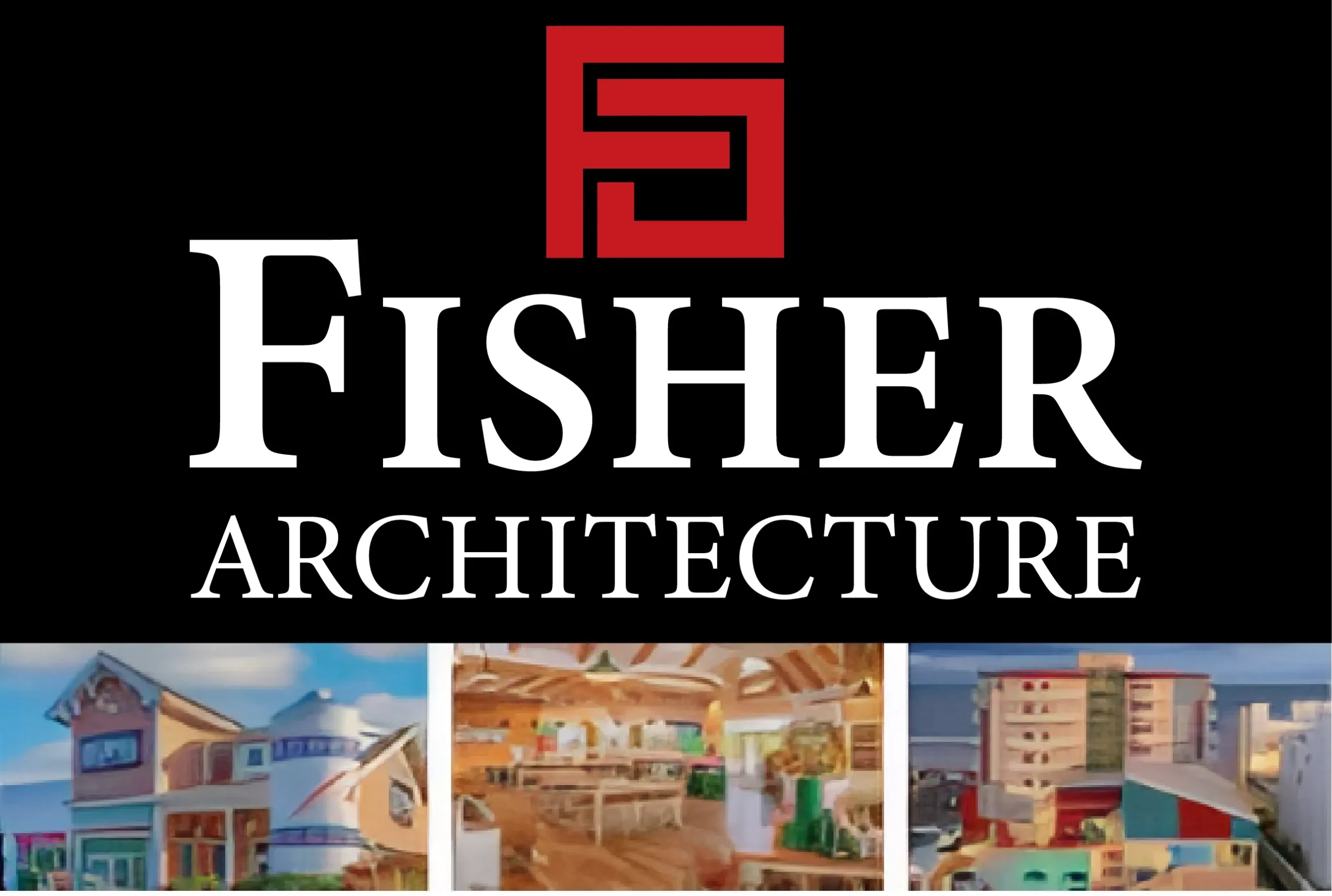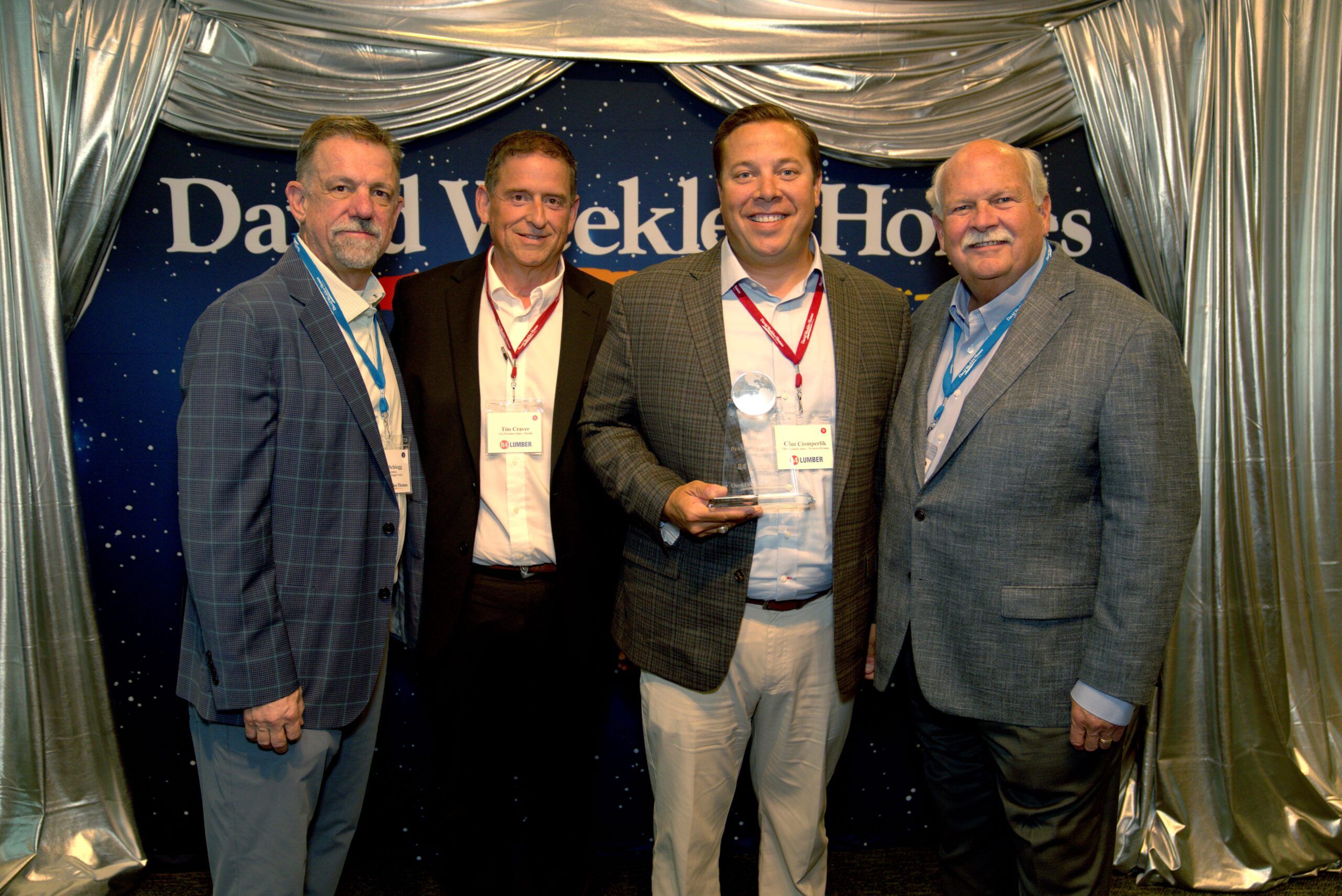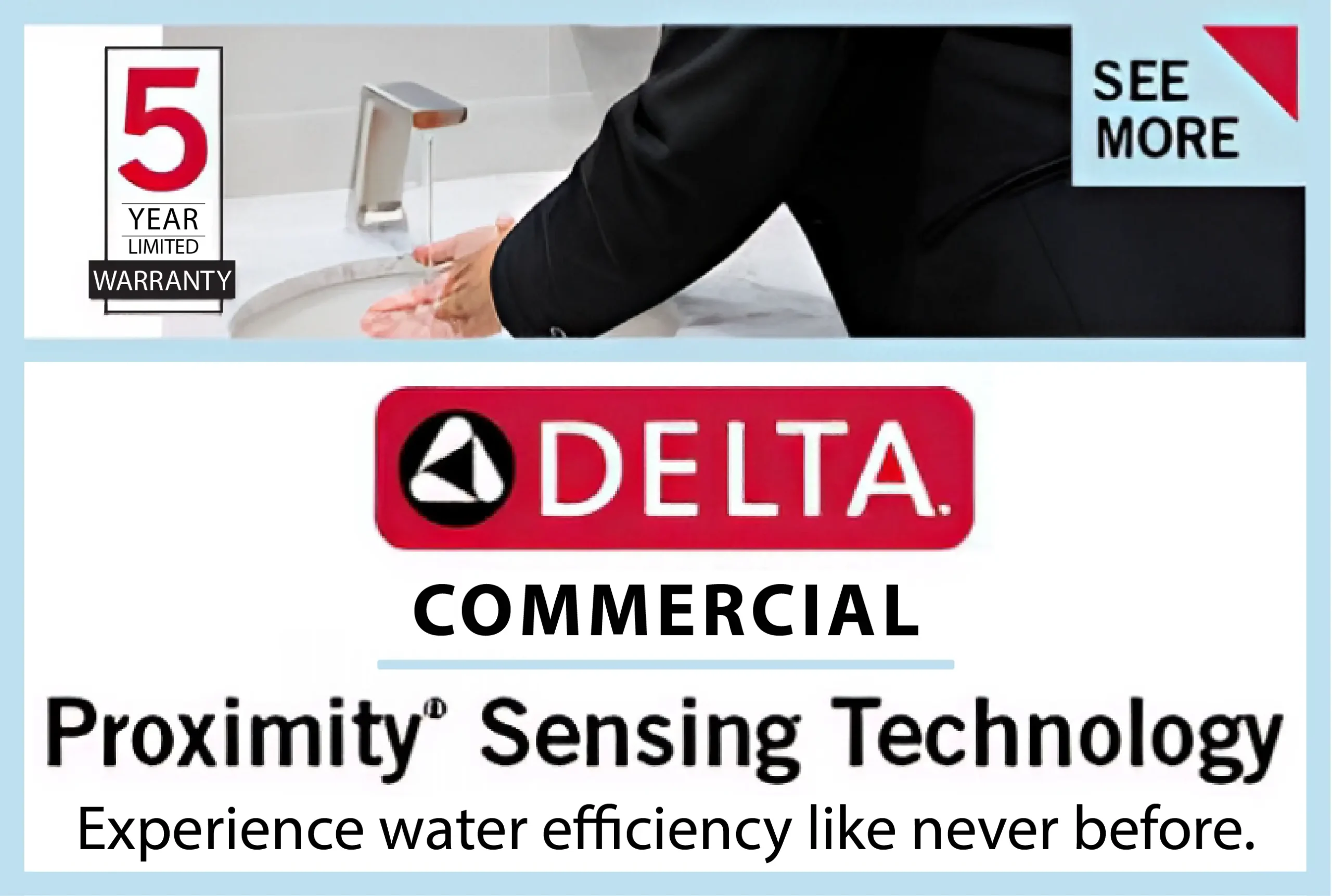Renting forklifts is a strategic choice for many businesses, offering flexibility and cost-effectiveness for managing material handling tasks. However, selecting the right forklift for your needs requires careful consideration of specific features that align with your operational goals. From the type of forklift to its safety features and fuel options, understanding these details ensures you maximize productivity while minimizing potential challenges.
This article highlights the key features to prioritize when renting forklifts, helping businesses make informed decisions that suit their unique requirements.
1. Determine the Type of Forklift You Need
Forklifts come in various types, each designed for specific applications. Identifying the right type is the first step in making an informed rental decision:
- Counterbalance Forklifts
- Ideal for general material handling tasks in warehouses or loading docks.
- Offers a straightforward design for lifting and transporting pallets.
- Reach Trucks
- Designed for high stacking in narrow aisles, making them perfect for warehouses with vertical storage.
- Rough-Terrain Forklifts
- Built for outdoor use on uneven surfaces, commonly used in construction and agriculture.
- Electric Forklifts
- Quiet and environmentally friendly, suitable for indoor use.
2. Assess Lifting Capacity and Height Requirements
Every project has specific demands for lifting capacity and height, so it’s essential to choose a forklift that meets these needs:
- Weight Capacity
- Ensure the forklift can handle the heaviest loads you need to transport. Overloading a forklift can compromise safety and performance.
- Lift Height
- For operations requiring access to high shelves or racks, select a forklift with adequate mast height.
- Attachments
- Consider specialized attachments like side-shifters or clamps to enhance versatility.
3. Fuel Type and Efficiency
The choice of fuel type impacts both operational costs and environmental considerations:
- Electric Forklifts
- Ideal for indoor use due to their zero emissions and quiet operation.
- Require charging infrastructure, so ensure your facility can support it.
- Gas or Diesel Forklifts
- Suitable for outdoor and heavy-duty tasks, offering higher power and longer operational hours.
- Consider emissions and fuel costs when selecting these options.
- Propane Forklifts
- A middle-ground option, offering clean-burning efficiency for both indoor and outdoor use.
4. Prioritize Safety Features
Safety is paramount when operating forklifts. Ensure the rental equipment includes advanced safety features:
- Operator Protection
- Features like seat belts, overhead guards, and anti-tip mechanisms safeguard operators during use.
- Warning Systems
- Functional horns, lights, and alarms are essential for alerting nearby workers and preventing accidents.
- Stability Control
- Forklifts with built-in stability systems prevent tipping or loss of control, especially when handling uneven loads.
5. Maneuverability and Terrain Compatibility
The working environment plays a significant role in determining the right forklift:
- Narrow Aisle Capabilities
- For warehouses with tight spaces, opt for forklifts designed for high maneuverability, such as reach trucks.
- Outdoor Durability
- Rough-terrain forklifts with larger tires and enhanced suspension are better suited for uneven outdoor surfaces.
- Turning Radius
- Check the forklift’s turning radius to ensure it can navigate your workspace efficiently.
6. Check Equipment Age and Condition
The age and condition of rental forklifts can impact performance and safety:
- Well-Maintained Equipment
- Choose forklifts from providers who prioritize regular maintenance and servicing.
- Inspect Before Renting
- Check for visible wear, unusual noises, or mechanical issues during a pre-rental inspection.
- Modern Models
- Renting newer models often ensures access to updated technology and better energy efficiency.
7. Rental Terms and Flexibility
Understanding the rental agreement ensures you get the best value for your money:
- Short-Term vs. Long-Term Rentals
- Choose terms that align with your project duration to avoid overpaying for unused time.
- Included Services
- Check if maintenance, repairs, and replacements are included in the rental terms.
- Delivery and Pickup Options
- Confirm whether the provider offers delivery and pickup services to streamline logistics.
8. Technology and Performance Enhancements
Modern forklifts often come equipped with advanced features that boost efficiency and safety:
- Telematics Systems
- Real-time monitoring of equipment usage, performance, and maintenance needs.
- Ergonomic Designs
- Features like adjustable seats and intuitive controls enhance operator comfort and reduce fatigue.
- Load Sensors
- Built-in load sensors prevent overloading and ensure balanced lifting.
9. Environmental Considerations
Many businesses prioritize sustainability in their operations, making eco-friendly forklifts a key feature to consider:
- Energy Efficiency
- Electric forklifts with advanced batteries reduce energy consumption and carbon footprint.
- Compliance with Regulations
- Ensure the rented equipment meets environmental standards, particularly for indoor use.
- Reduced Noise Levels
- Electric models and advanced designs offer quieter operation, beneficial for indoor environments.
10. The Role of Reliable Rental Providers
Choosing a reputable rental provider ensures a seamless experience:
- Diverse Fleet Options
- Work with providers offering a wide range of forklifts to meet varied project needs.
- Transparent Communication
- A trustworthy provider will offer clear explanations of rental terms, fees, and maintenance responsibilities.
- Customer Support
- Look for companies that provide responsive support for troubleshooting and equipment replacements.
Tri-Lift Industries exemplifies the importance of reliable forklift rentals, offering businesses access to top-tier equipment for their material handling operations.
11. Combining Forklift Rentals with Other Equipment
In some projects, forklifts work best alongside complementary tools:
- Scissor Lifts
- Use scissor lifts for vertical-only tasks while forklifts handle material transport.
- Boom Lifts
- For high-reach projects, boom lifts provide additional flexibility and access.
- Pallet Jacks
- Pair forklifts with pallet jacks for efficient movement of smaller loads.
12. Conclusion
Renting the right forklift requires careful evaluation of your project needs, environment, and desired features. By focusing on factors like lifting capacity, safety mechanisms, and maneuverability, businesses can ensure their material handling tasks are completed efficiently and safely.
Collaborating with trusted providers like Tri-Lift Industries ensures access to high-quality forklifts tailored to specific requirements. Whether managing a warehouse, construction site, or retail operation, making informed rental decisions empowers businesses to achieve their operational goals with confidence.











